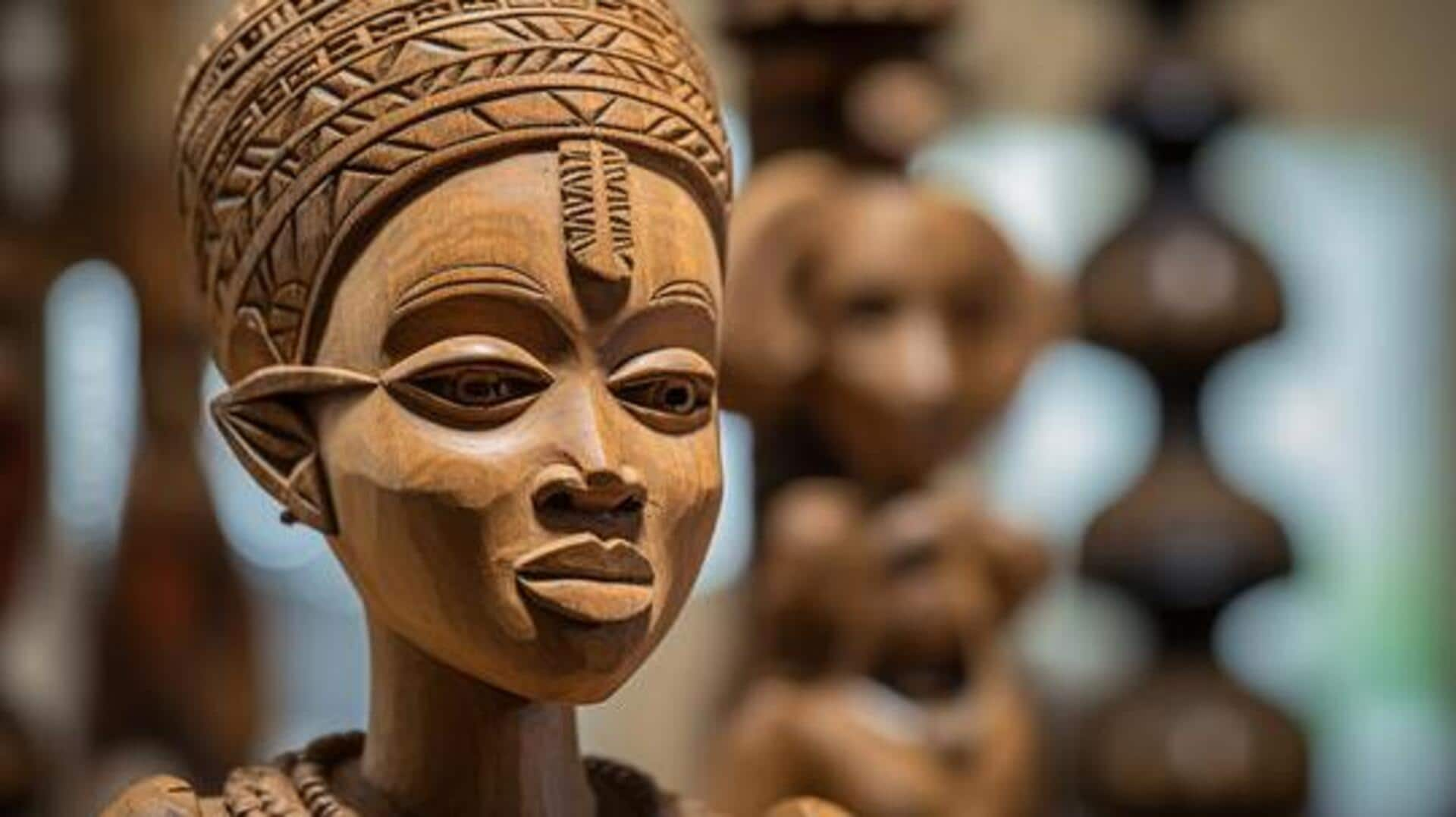
Exploring African sculpture traditions
What's the story
African sculpture traditions hold a mirror to the continent's soul, echoing the heartbeat of its diverse communities and histories. From the ancient whispers of Nigeria's Nok terracottas to the rhythmic dance of Mali's Dogon wooden masks, these art forms pulse with spiritual and societal meaning. This article delves into the heartbeat of African sculpture, exploring its materials, themes, and influences, and revealing its significance beyond mere aesthetics.
Materials
The materials that tell a story
African sculptors traditionally utilize materials abundant in their environment. Wood is most common because it is easily available and can be carved with simple tools. But metal, clay, ivory, and stone are also important because they last longer and carry symbolic meanings. For example, bronze sculptures from the Benin Kingdom in Nigeria are world-famous for their intricate detailing and storytelling of history.
Symbolism
Symbolism in African sculpture
Sculptures across Africa are teeming with symbolism, serving as mirrors to the spiritual beliefs, social hierarchies, and identities embedded in its cultures. Masks hold a special place, often used in ceremonies and rituals to represent spirits or ancestors. Figures can represent fertility or serve to ward off evil forces. Understanding these symbols provides a gateway to appreciating the rich values and traditions woven into the fabric of African societies.
Influence
Influence beyond borders
The influence of African sculpture is not limited to the continent. European artists, including Picasso, were deeply inspired by the aesthetics and spirituality of African art in the early 20th century. This cultural exchange led to the development of Cubism and other movements that challenged Western art perspectives by integrating non-Western elements into modernist pieces.
Preservation
Preserving tradition in modern times
In the face of globalization, African artists strive to maintain their unique sculptural heritage while infusing it with contemporary relevance. Workshops and initiatives are passing on traditional techniques to young artists, ensuring the tradition flourishes with new and modern expressions. Museums around the world are also playing a crucial role in preserving, documenting, and showcasing these cultural artifacts for future generations.